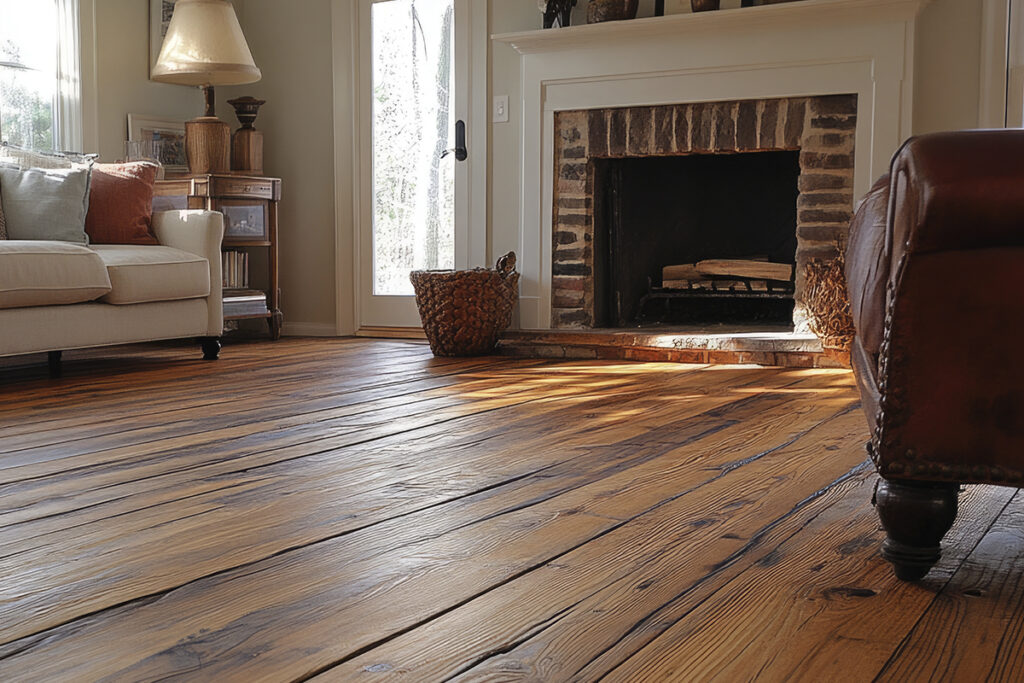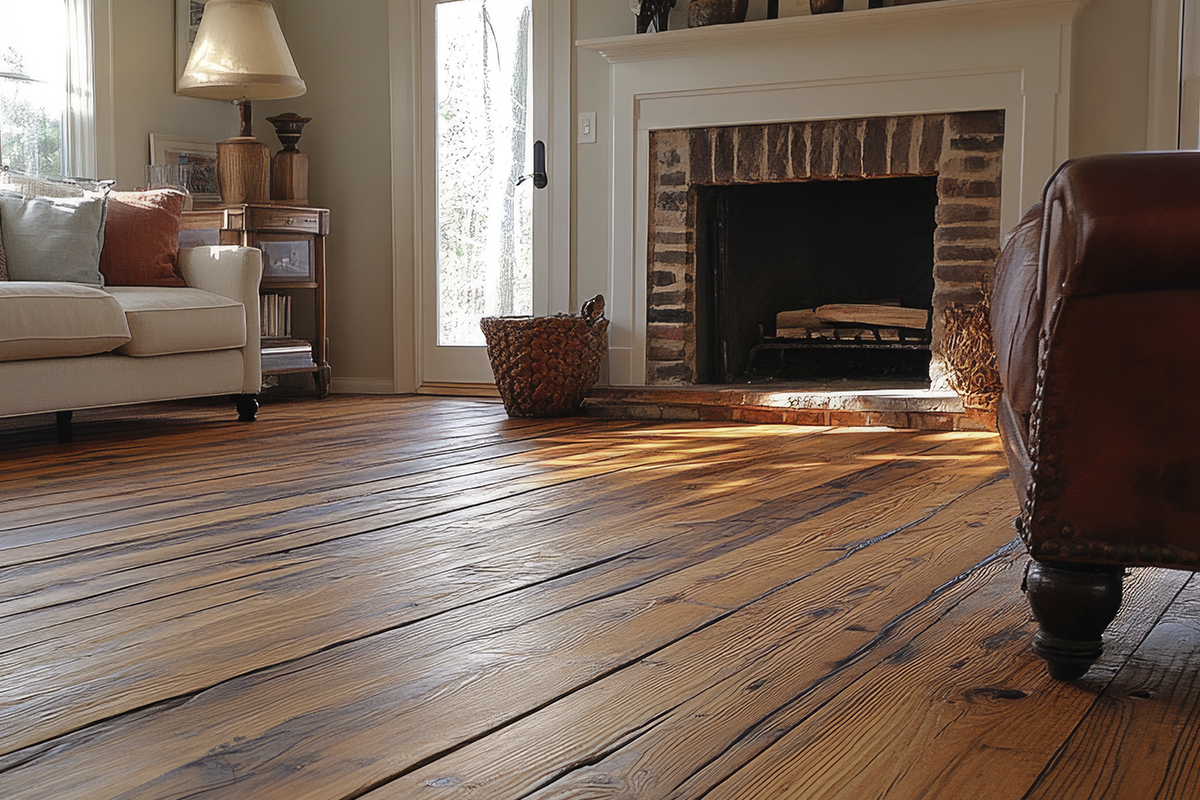
Choosing materials for historic home renovations can be a joy–and a minefield. There’s so much to consider if you’re seeking a truly authentic feel. In some cases, we work to duplicate materials; in others, we want to use our creativity to achieve a certain ambiance with a more contemporary twist.
In general, the first step is to survey the materials in the house that you know (or suspect) are original. Which parts of your home have been remodeled or added onto? In some cases, it’s worthwhile to replace them with similar materials, while in others, other high-quality materials are a better fit. Regardless, there’s almost always a considerable amount of detective work involved. That’s why working with a specialized contractor who can advise and guide you in sifting through additions and past remodelings is essential. Selecting materials for historic homes requires a good eye and plenty of experience, with attention to the details in every corner of your home.
Selecting Materials For Historic Homes: Public Versus Private Spaces
One question historic home specialists often ponder is where it makes sense to duplicate or recreate original materials. This frequently leads to a divergence in public and private spaces in the home. Historically, Americans viewed public rooms as an opportunity to put their best foot forward. And these are the spaces where many homeowners strive for authenticity. Working with your contractor, you might make a real effort and spend the money for historically accurate materials in a fantastic room while taking more leeway in bedrooms and bathrooms.
Choosing Materials For Your Historic Home: Who’s Your Supplier?
In some cases, you can easily reproduce original materials. While in others, finding suitable alternatives that mesh with your vision is key. For example, American Chestnut is a stellar material that is no longer available. However, other excellent American hardwoods can be stained to the appropriate color.
The good news is that there are fabulous companies whose products are excellent facsimiles of old-school materials. It’s all about finding a contractor to help you find the right suppliers. In fact, there are circumstances where you can find new materials that are an improvement over the original. Replacing window sashes that have not stood the test of time is an excellent example. Some other examples include:
- Siding: you may not know what your original siding was made from, but if you know when the house was built, a qualified contractor can make an educated guess with gorgeous results, using neighboring homes and historical records for reference.
- Masonry restoration involves seeking appropriately sized, shaped and colored replacements and knowing where to source them. It often means recreating the original mortar as closely as possible when repointing.
- Flooring: Many clients are turning to custom wood flooring for living rooms, dining rooms, and kitchens since wood widths didn’t really become standardized until the 20th Century. For example, using historically accurate wide oak planks in a kitchen is utilitarian, authentic and beautiful.
- Wood Trim: In many cases, wood trim has been damaged or removed, so having your contractor recreate the trim is the best way to evoke your home’s authentic state and complete the look you’re going for.
- Hardware is another area where knowledge and attention to detail are vital. From doorknobs to hinges, traditional hardware appropriate to the vintage can bring the original era to life. At Carpenter Beach Construction, we’ve faithfully executed those finishing touches that mean so much in houses around the region.
Choosing The Right Materials Starts With Selecting The Right Contractor
Many old home aficionados and specialized contractors see a historic home as a living, breathing thing. With a history of additions, remodelings and various owners, materials change over time. It’s our job to help passionate homeowners source the best possible materials to achieve their design goals. At Carpenter Beach Construction, we are committed to guiding our homeowners through this process. Our deep knowledge of Northern Virginia’s historic communities, instinct for accuracy and eye for detail are just some of the reasons many historic homeowners trust us with their most valuable assets.



 Carpenter Beach Construction
Carpenter Beach Construction Local Wood
Local Wood Premiere Electrical Services
Premiere Electrical Services Beach Carpenter Properties
Beach Carpenter Properties